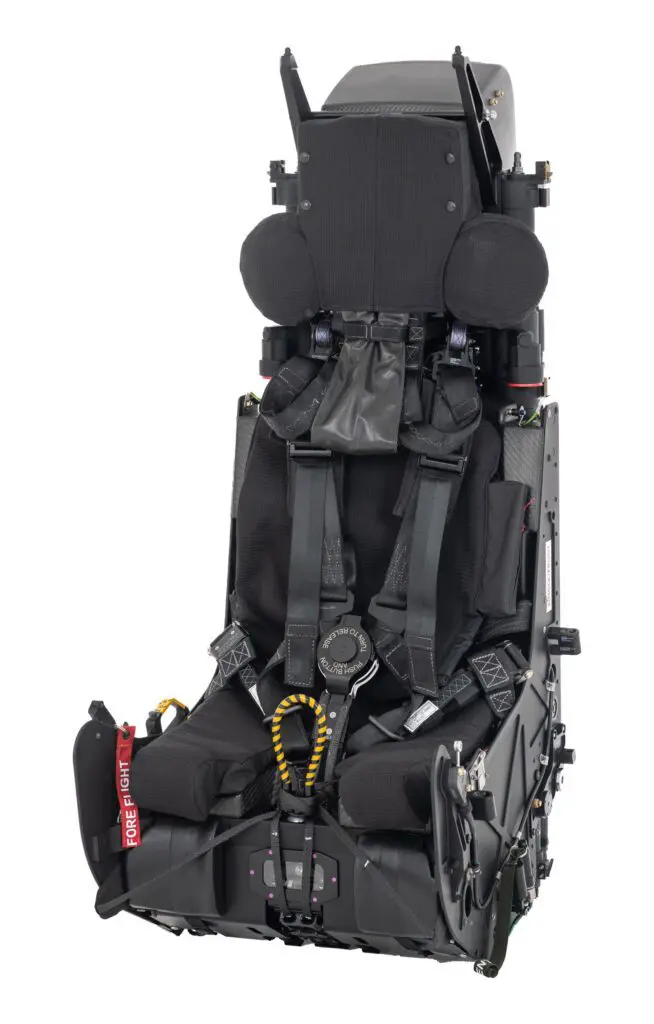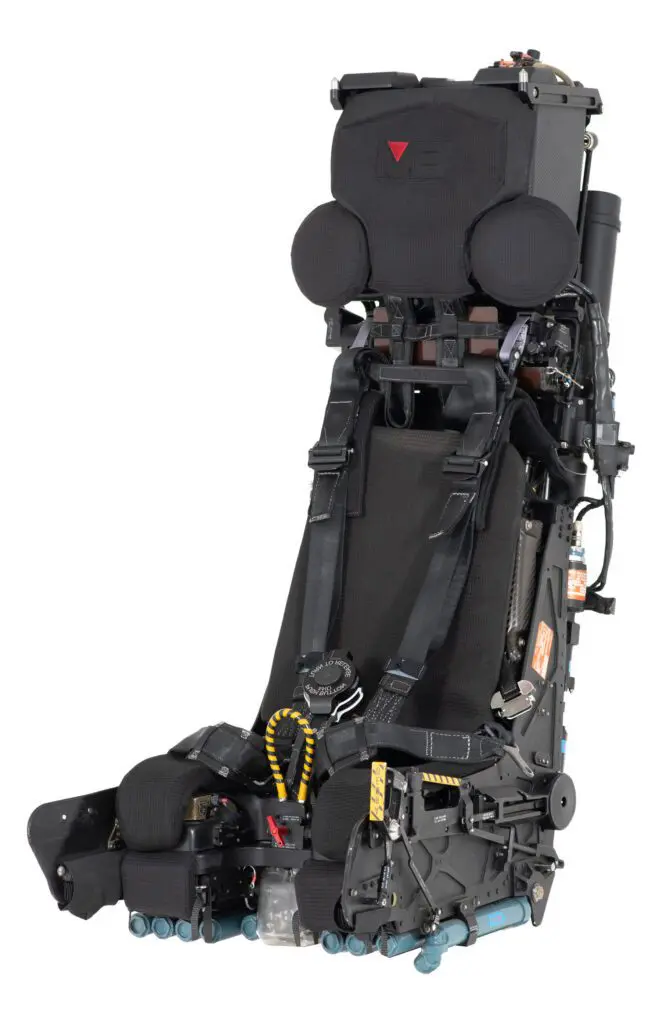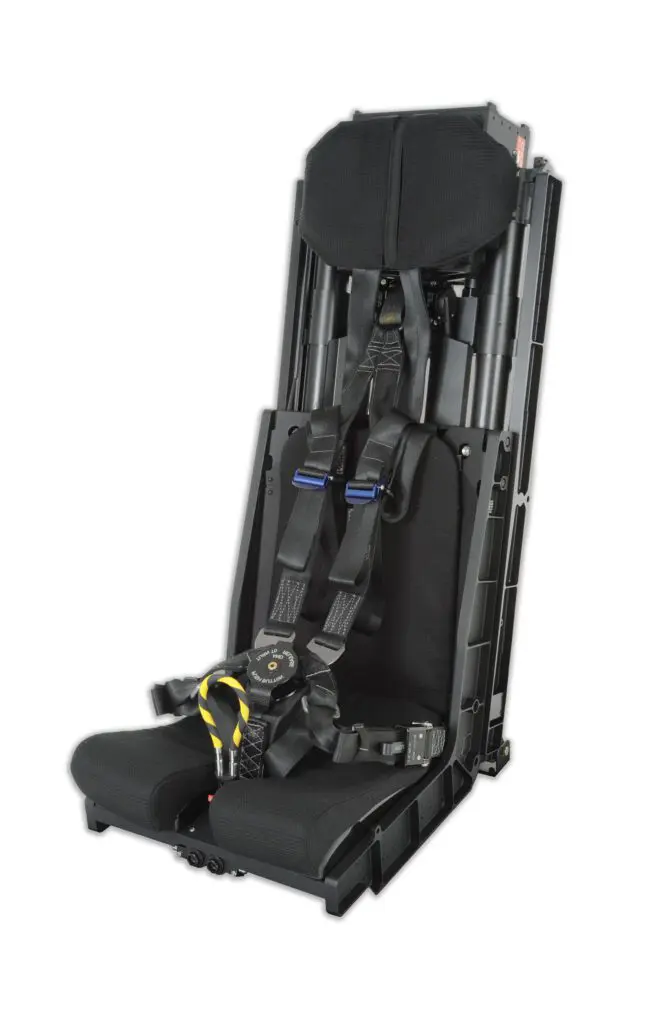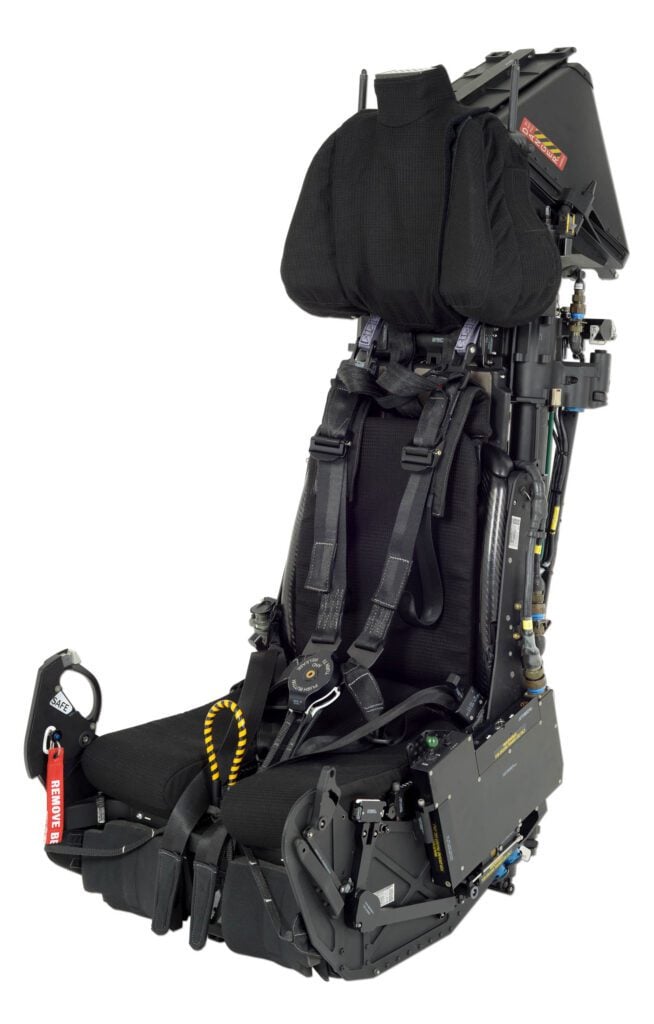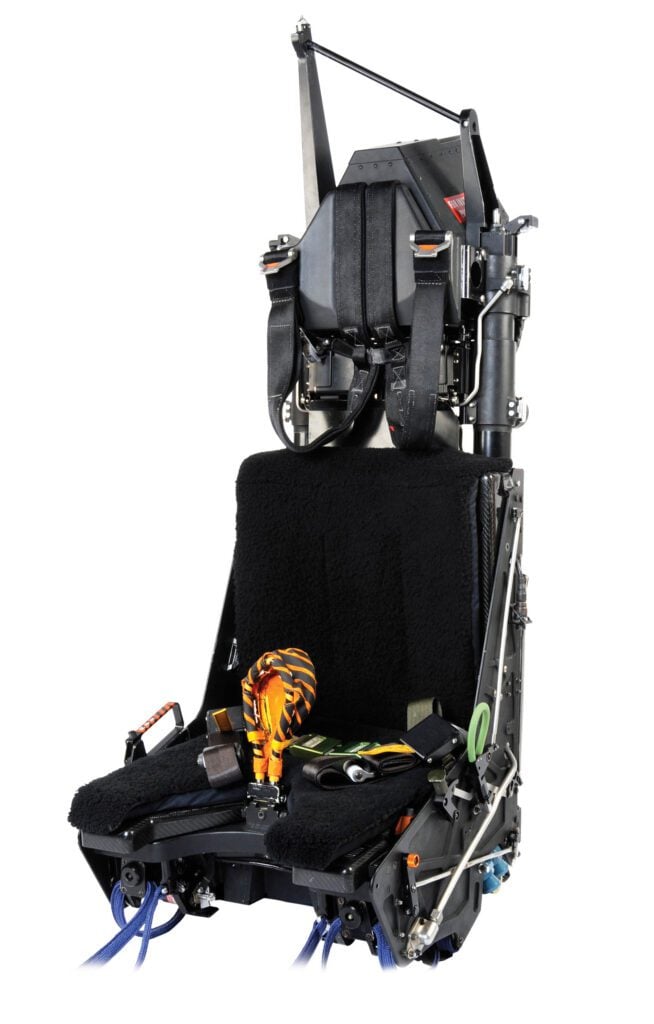What We Do
MK3 Ejection Seat
The first seat to feature true Aircrew Services
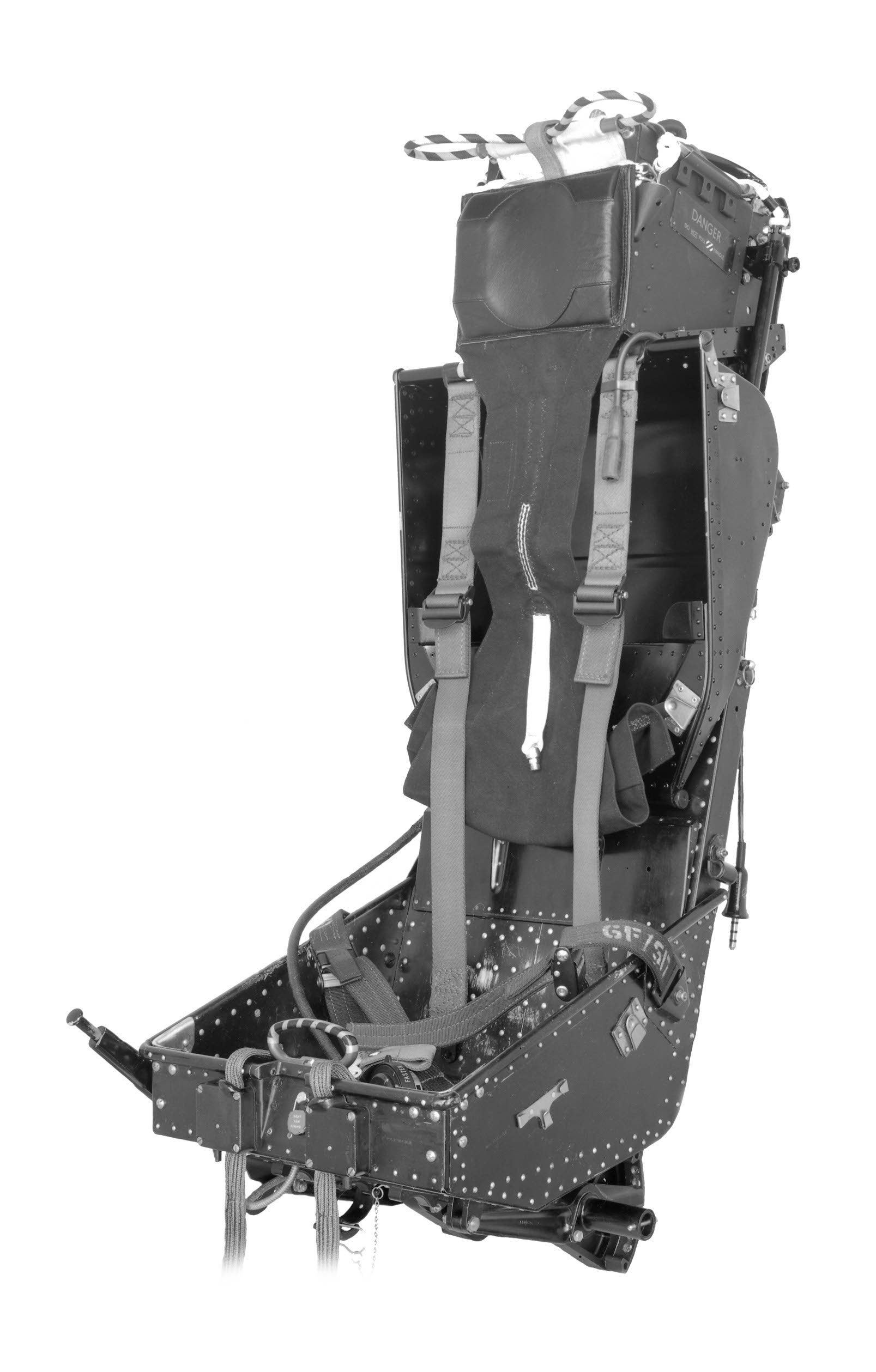
MK3
The first seat to feature true Aircrew Services
First Mk3 ejection was on 1st November 1955
255 lives saved using a Mk3 ejection seat.
The Mk2 automatic seats were successful in providing safe escape from the aircraft in service at the period, but there was still room for improvement at very low altitudes and very high speeds. In addition, the advent of aircraft such as the Javelin and the V bombers with their high-fin projections and higher operating speeds made it necessary to increase the height of the ejection trajectory, any increase also improving the chance of a successful ejection at low altitudes.
Aircraft fitted: Vickers Valiant, Canberra, Hawker Hunter, Supermarine Swift, Vampire, Javelin, Victor, Fairey Delta 2, Bristol 221, Handley Page, Vulcan
| Operating ceiling | 40,000+ ft (12,192m) |
| Minimum height/speed | Unknown |
| Crew boarding mass range | 70.4 to 101.7kg |
| Crew size range | 5th to 95th percentile |
| Maximum speed for ejection | 400+KIAS |
| Parachute type | Irvin I 24 |
| Parachute deployment | Drogue assisted |
| Drogue parachute type | Duplex drogues 22 in. and 5ft |
| Drogue deployment | Drogue gun. Cartridge generated gas. Initiated by 0.5 sec clockwork time-delay, tripped during ejection sequence |
| Harness type | Separate parachute, seat harness |
| Ejection seat operation type | Ejection gun |
| Ejection gun | 80ft/sec. One primary cartridge, two or four, secondary cartridges, 72 in. stroke |
| Ejection initiation | Face screen and seat pan firing |
| Barostatic time-release unit | Yes, tripped during ejection sequence |
| Manual override handle | No, but provision for manual separation |
| Timers | Time-release unit for man/seat separation |
| Seat adjustment | Up/down |
| Arm restraints | No |
| Leg restraints | Yes, two garters |
| Oxygen supply | Bottled oxygen |
| Personal survival pack | Liferaft pack |
| Aircrew services | Personal equipment connector (PEC) provides connections for main oxygen, emergency oxygen, air ventilated suit, anti-g suit and mic/tel |
| Canopy jettison | Option, aircraft variant dependent |


